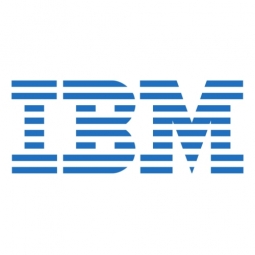IBM
Case Studies
A voice and data services provider creates a platform for innovation
Overview
 |
A voice and data services provider creates a platform for innovationIBM |
Application Infrastructure & Middleware - API Integration & Management Application Infrastructure & Middleware - Data Exchange & Integration Application Infrastructure & Middleware - Middleware, SDKs & Libraries | |
Telecommunications | |
Business Operation Sales & Marketing | |
Predictive Maintenance Process Control & Optimization Real-Time Location System (RTLS) Remote Asset Management | |
Software Design & Engineering Services System Integration | |
Operational Impact
| The new platform enabled the company to accommodate growing numbers of transactions. For example, when the company launched the mobile application in 2003, it processed approximately 20,000 transactions per day. Today, the company processes four million per day. | |
| The platform helped the company improve the service it offers its customers. For example, the company’s commerce application captured up to 10 percent of the market online within the company in the first four months of its launch. | |
| The platform also enabled the provider to create 20 mobile applications that approximately 330,000 employees use. The platform significantly reduced the company’s time to market, allowing it to create e-commerce applications in just four weeks. | |
Quantitative Benefit
| Reduced time to market for new mobile applications | |
| Cut call center costs | |
| Improved customer satisfaction levels | |


